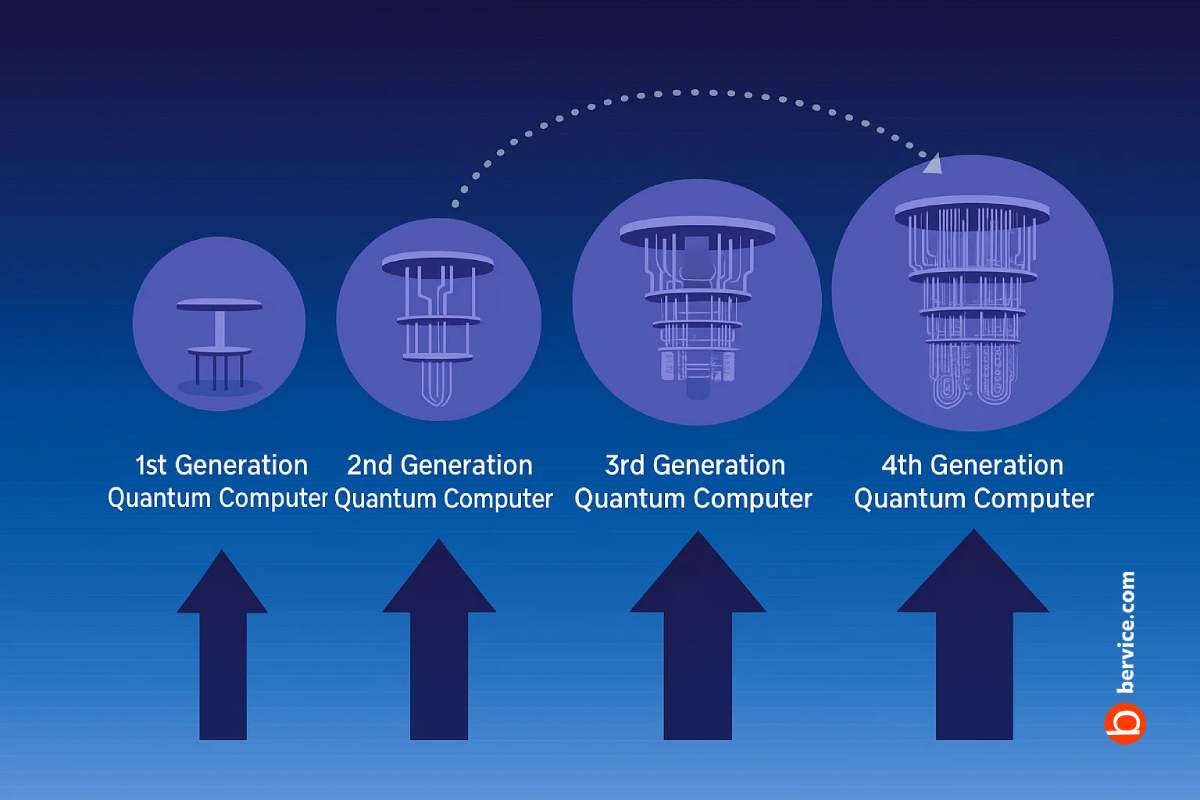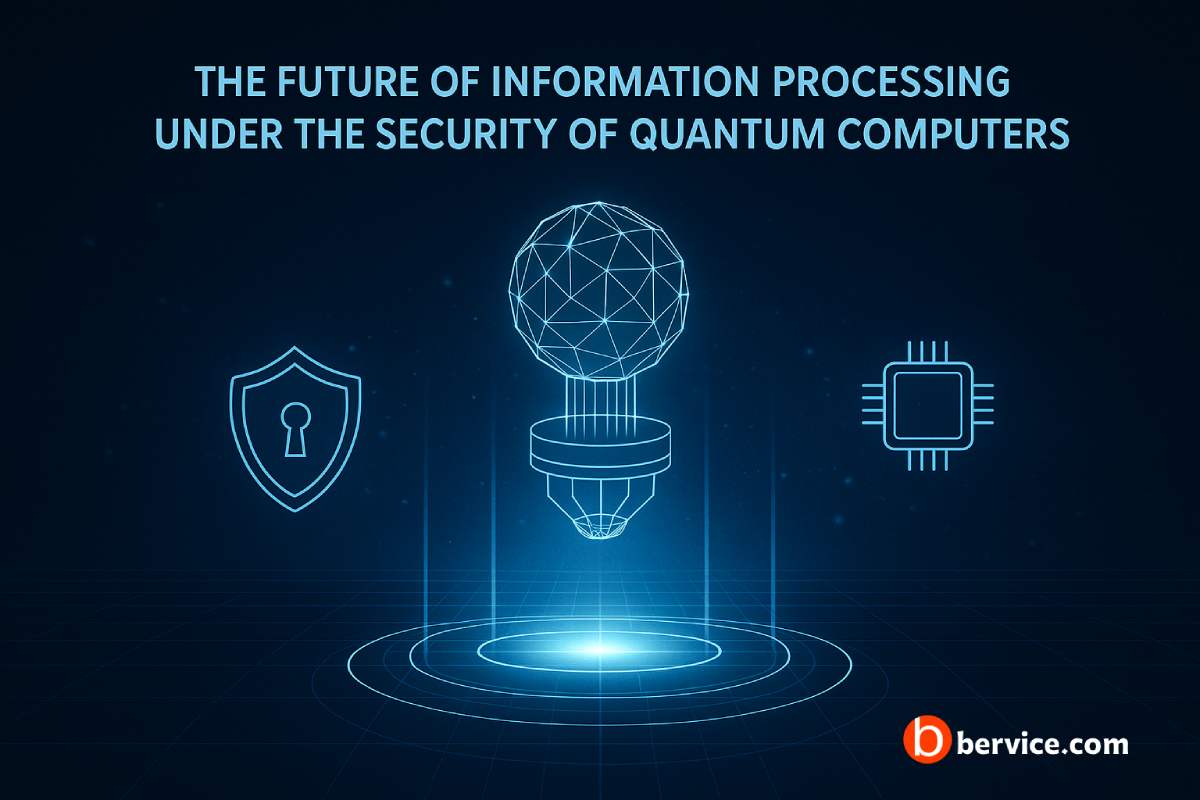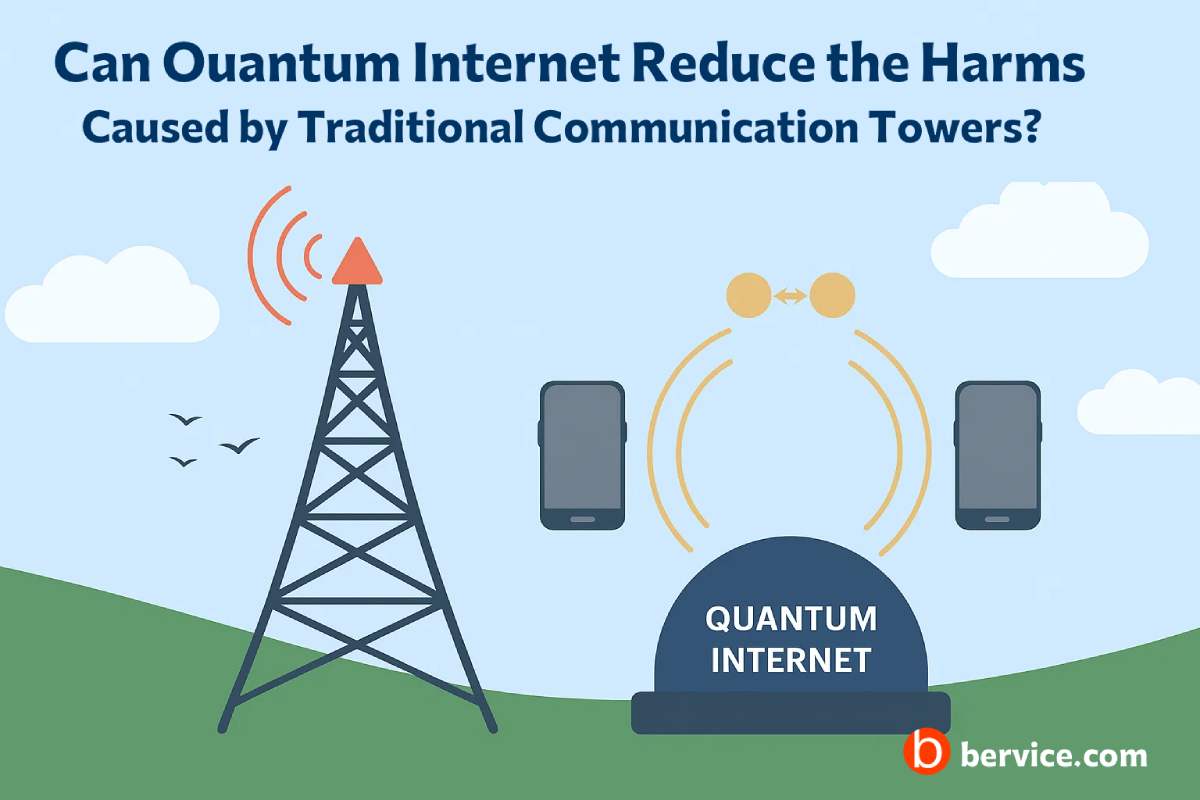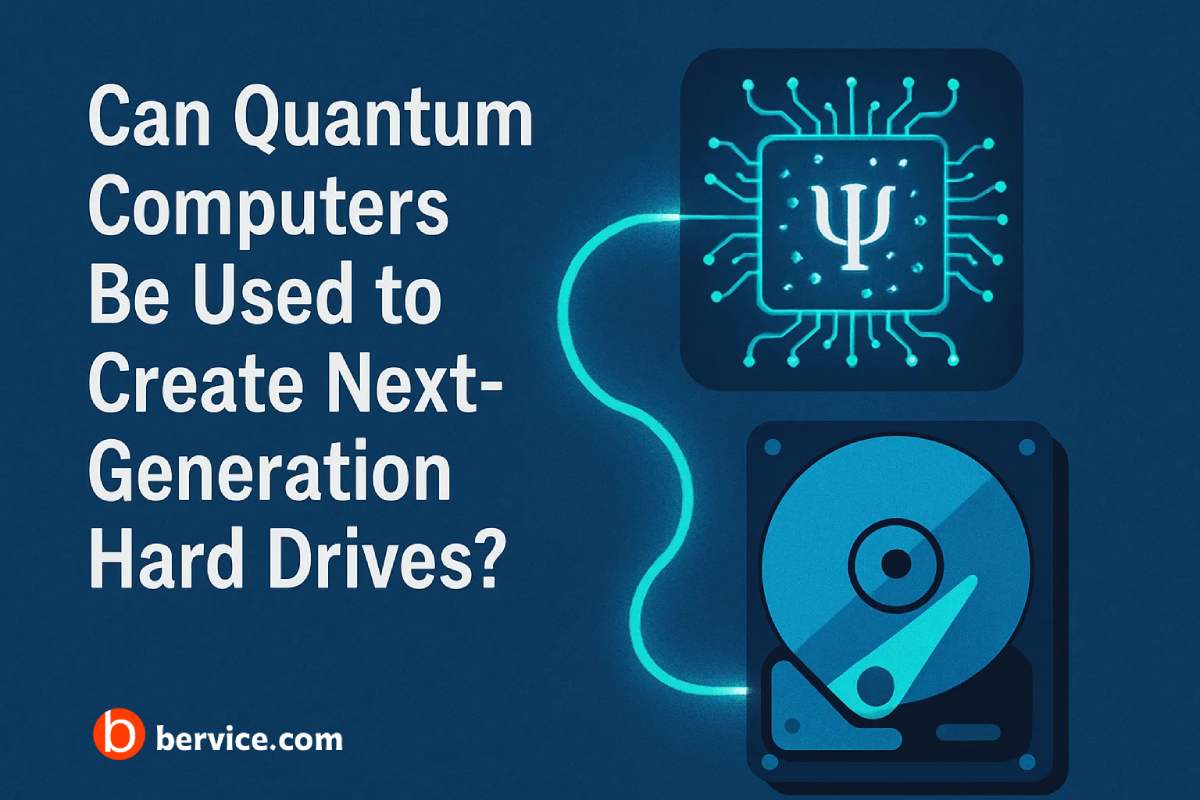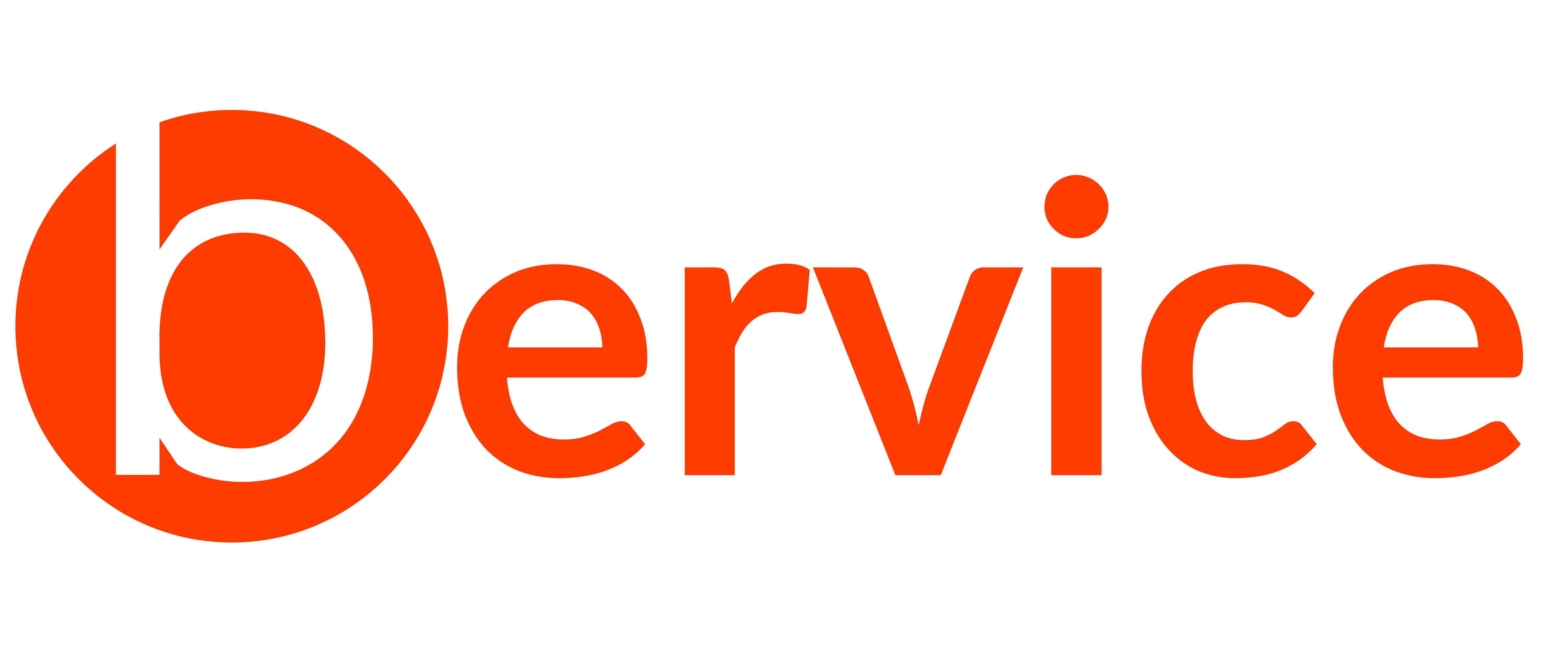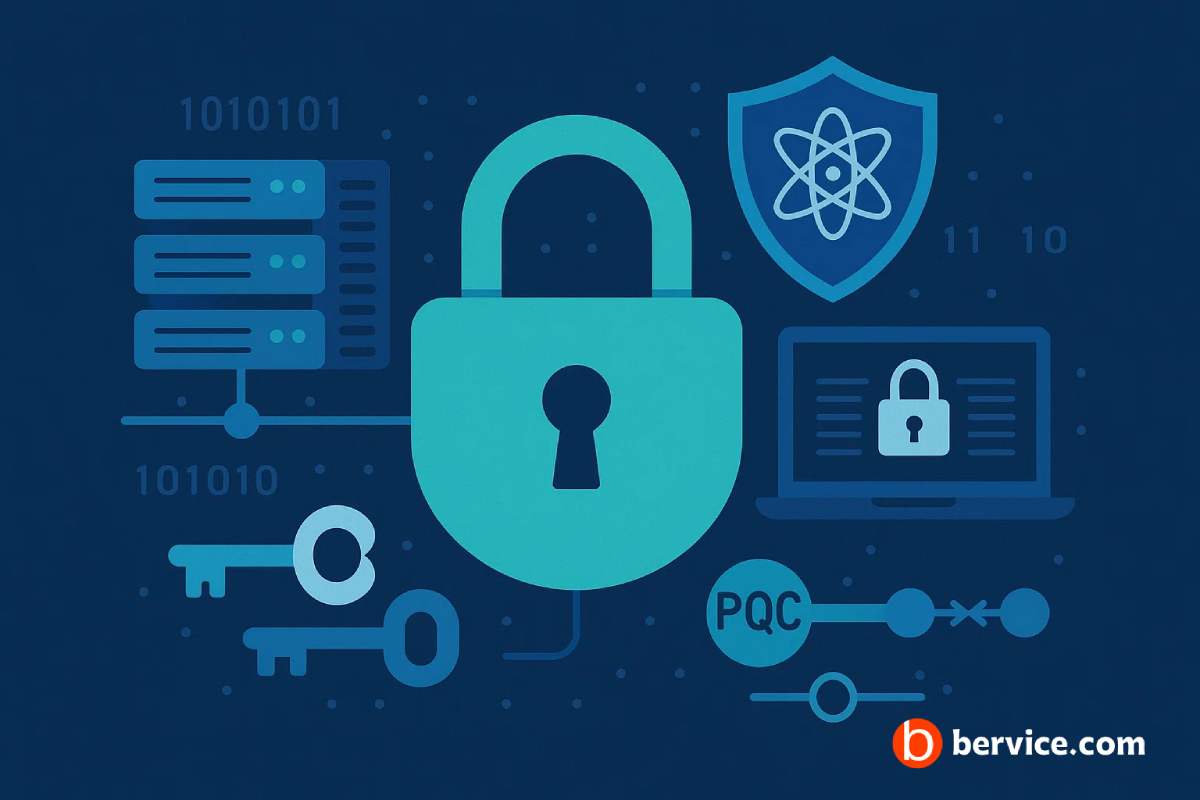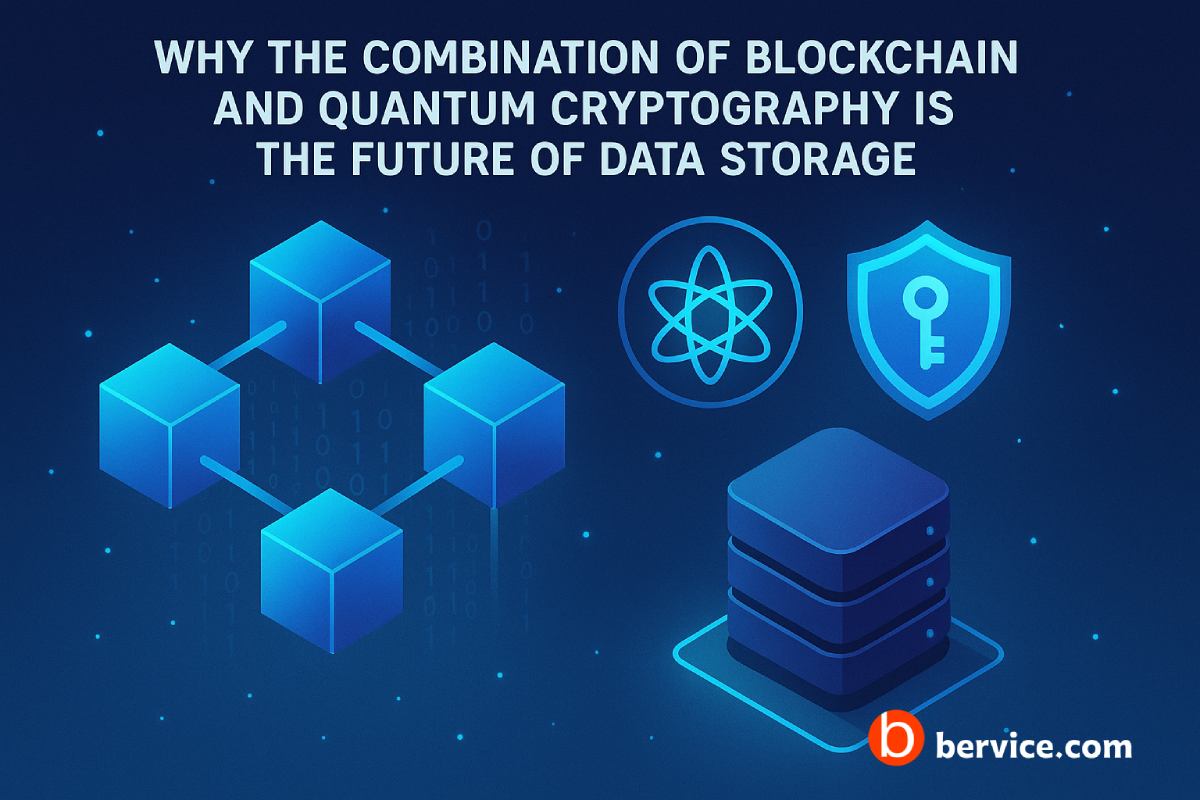
Introduction: The Rising Demand for Ultra-Secure Data Systems
As the world becomes increasingly digitized, the volume, sensitivity, and value of data continue to grow at an unprecedented rate. From personal medical records to financial transactions and intellectual property, our digital lives demand storage solutions that are not only scalable but also impenetrably secure. Two transformative technologies—blockchain and quantum cryptography—are converging to redefine the future of data storage. While blockchain offers decentralized trust and immutability, quantum cryptography provides unbreakable encryption rooted in the principles of quantum physics.
The Limits of Classical Storage and Cryptography
Traditional data storage models are typically centralized and rely on classical cryptographic techniques such as RSA or ECC. While these systems are effective for now, they suffer from critical limitations:
- Single points of failure: Centralized servers are prime targets for hacking, corruption, or state-level surveillance.
- Vulnerability to quantum attacks: With the rise of quantum computing, current encryption methods may soon become obsolete, as quantum algorithms like Shor’s algorithm can break RSA encryption within minutes.
- Data integrity risks: In centralized systems, data can be manipulated or erased without transparency or traceability.
These weaknesses underscore the urgent need for a new paradigm—one that combines blockchain’s distributed architecture with quantum-resistant security.
Blockchain: Immutable and Distributed, But Not Quantum-Safe
Blockchain technology revolutionized data integrity by introducing a decentralized ledger maintained by a network of nodes. Its core features include:
- Immutability: Once data is written to the blockchain, altering it is virtually impossible.
- Decentralization: No central authority has control, reducing trust dependency.
- Transparency: Anyone can audit and verify records, increasing accountability.
However, most blockchains still rely on classical cryptographic primitives—such as elliptic curve signatures—which are threatened by quantum decryption. Thus, while blockchain ensures integrity, it does not inherently ensure quantum-secure confidentiality.
Quantum Cryptography: Unbreakable Security at the Physical Level
Quantum cryptography, particularly Quantum Key Distribution (QKD), offers a fundamentally different approach to secure communication. Based on quantum mechanics, it provides:
- Perfect secrecy: Any attempt to intercept or measure quantum states (qubits) disturbs them, making eavesdropping detectable.
- Forward secrecy: Even if a message is stored today and decrypted in the future, QKD ensures the encryption keys cannot be compromised retroactively.
- True randomness: Quantum randomness is inherently unpredictable, ensuring strong key generation.
Unlike blockchain, quantum cryptography is not about data integrity or transparency—but about ensuring privacy and confidentiality at a level classical systems cannot match.
The Synergy: Why These Two Technologies Are Better Together
Integrating blockchain and quantum cryptography creates a powerful dual-layer security model for future data storage systems:
| Feature | Blockchain | Quantum Cryptography | Combined Value |
|---|---|---|---|
| Data Integrity | ✅ Yes | ❌ No | ✅ Reinforced |
| Confidentiality | ❌ Weak | ✅ Strong | ✅ Guaranteed |
| Decentralization | ✅ Yes | ❌ No | ✅ Balanced |
| Quantum Resistance | ❌ No | ✅ Yes | ✅ Achieved |
| Transparency | ✅ Yes | ❌ No | ✅ Optional by Design |
This hybrid approach enables systems where data can be stored immutably on blockchain, while access and transmission are secured by QKD, rendering even quantum-computing adversaries ineffective.
Real-World Applications and Future Outlook
Several research initiatives and startups are exploring this integration. For example:
- Quantum-secure blockchains: Projects like QANplatform and Quantum Resistant Ledger (QRL) are experimenting with post-quantum digital signatures and QKD layers.
- Decentralized cloud storage: Combining IPFS or Filecoin with quantum encryption can allow for secure, distributed, and tamper-proof storage of sensitive documents or medical records.
- Government and defense: Nations are exploring blockchain+quantum hybrids to safeguard critical infrastructure and national intelligence.
In the next decade, this combination could underpin secure smart cities, financial networks, and health systems—ushering in the next era of trustless and quantum-secure digital infrastructure.
Conclusion: Building the Foundations of Tomorrow’s Digital Trust
The convergence of blockchain and quantum cryptography is not merely a theoretical construct—it is becoming a practical necessity. As quantum computers become a reality, today’s encryption will be tomorrow’s vulnerability. Meanwhile, centralized storage will remain a persistent target for attackers. By combining the trustless decentralization of blockchain with the unbreakable confidentiality of quantum cryptography, we can create data storage systems that are both future-proof and trustworthy. In a world where data is power, this fusion offers the ultimate shield.
Connect with us : https://linktr.ee/bervice
